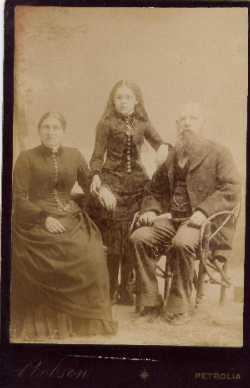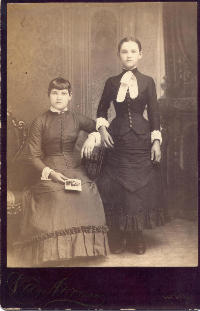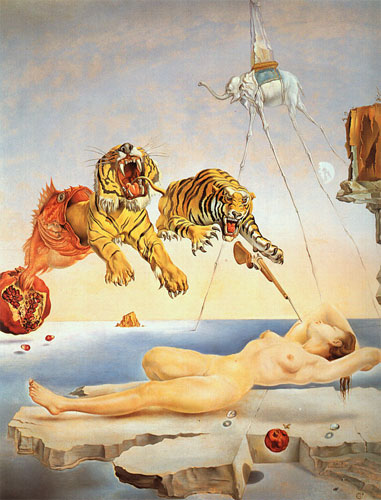In olden days, when the child of wealthy parents died, the family paid to have a portrait painted including the deceased. The recently departed was depicted as alive, though might be staring off into the distance while the rest of the family faced forward. Other signs of a mourning painting are a child holding dead flowers, or dead flowers in a vase near the sitter.
The middle classes typically remembered their deceased with "hair art," which could be a wreath made from the hair of their loved one, or a piece of jewelry created from hair.
Photography was invented in Paris, though there is some argument about that (the first photograph was taken in 1827 and took 8 hours to develop). While having one's picture taken was costly, it was not nearly so prohibitively priced as having a portrait painted. As one might imagine, being able to keep an actual image of the family member appealed to mourners greatly, so when photography became affordable and popular, Victorians had pictures taken of family members after they died. As with the earlier paintings, the mourning photographs intended to depict a "living" person.
Most of the time, the deceased was "asleep."
Photography was invented in Paris, though there is some argument about that (the first photograph was taken in 1827 and took 8 hours to develop). While having one's picture taken was costly, it was not nearly so prohibitively priced as having a portrait painted. As one might imagine, being able to keep an actual image of the family member appealed to mourners greatly, so when photography became affordable and popular, Victorians had pictures taken of family members after they died. As with the earlier paintings, the mourning photographs intended to depict a "living" person.
Most of the time, the deceased was "asleep."
Sometimes the deceased was propped up along side living family.

I should point out that it is the young girl above who is being propped.

 Taken 9 DAYS after she died.
Taken 9 DAYS after she died. There are some people today who feel that this old practice is "creepy" or overly morbid, and are glad that we now properly respect the dead. These people forget that not everyone had a camera back then, and mortality was much higher. That postmortem picture is all that the parents have left of their little boy or girl. Think about it - there's no other way to remember what the laughing child looked like before the sickness or accident. Parents don't want to just bury their baby and forget, so they have a picture taken as if their child was napping.

Today's occidental society is far removed from death. Aging, Sickness and Death no longer take place among family in one's home. Today we hide them away in nursing homes and hospitals.
In a time period when Death walked more frequently among us, such images weren't foreign and disturbing. The were loving reminders of those who passed too soon.
In a time period when Death walked more frequently among us, such images weren't foreign and disturbing. The were loving reminders of those who passed too soon.








